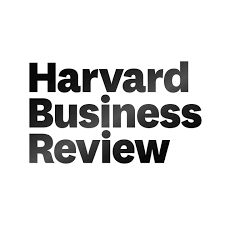Don't Shield Young Leaders from Hard Truths

So you’ve found the leadership at the bottom of the corporate pyramid – those smart hidden gems with the iPod earplugs peeping discreetly through carefully careless hairstyles: Generation Y, the young Millenials termed by Fortune as potentially most high-performing generation in history. A generation that is entering the workplace with more information, greater technological skill, and higher expectations of themselves and others than any prior generation.
Now that we have identified them as potential leaders, what do we do? Get them into leadership training post haste and start mentoring them to take the next step up the corporate ladder. Right?
Maybe wrong.
For this generation, the start point is the creation of a need for change. This need to change must be intrinsically felt; else the response will be superficial.
I call this approach: ‘Mirror, mirror…’ Only, instead of the proverbial mirror on the wall telling them “who is the fairest of them all,” this mirror reflects the truth and triggers the need to change by a process of embracing the reality. By accepting imperfections as catalysts, it initiates the process of transformation rather than brushing the issues under the carpet.
Often, managers have a misplaced assumption that by shielding the employees from ‘truth’ they are protecting them, but the fact of the matter is that hiding realities demotivates talent today by making them feel excluded.
This generation has grown up with on-demand information and communication. They are known for their sense of entitlement. They believe they can make a difference. All through school, they have been treated as ‘young adults’, leading “saying no to plastic” campaigns; making posters against pollution and doing their bit to save the environment.
Rather than living in a house of wax that is afraid of melting in the heat of reality, Generation Y wants to know the truth, no matter how harsh it maybe – so that they can do something to change it, make a contribution to the solution.
This creates a sense of ownership and the change that happens thereafter will be driven grounds up, which will ensure that the process is sustainable and not just a flash in the pan.
Clearly, this is a journey of continuous transformation and not just a short-cut to reach present milestones. In order to be successful it needs to thrive on a culture of transparency and trust, which is the topic of the next blog post.
Originally posted on Vineet Nayar’s Blog site on Harvard Business Review: https://hbr.org/2008/12/mirror-mirror-on-the

